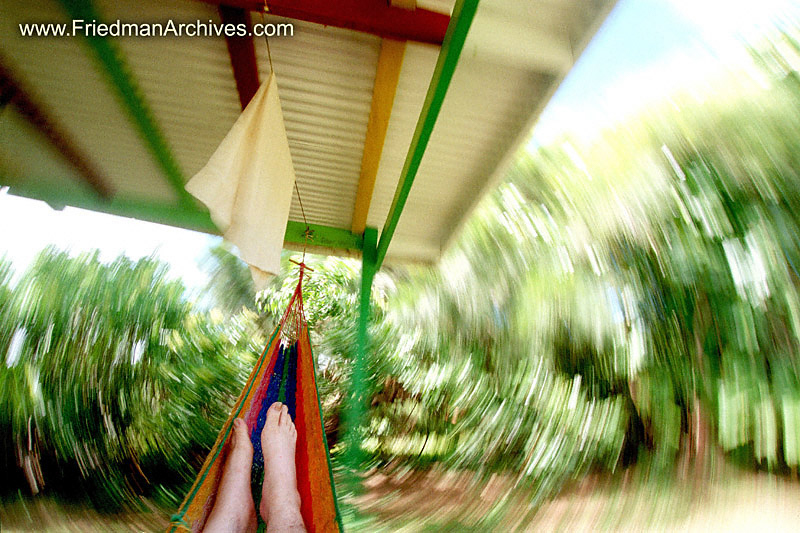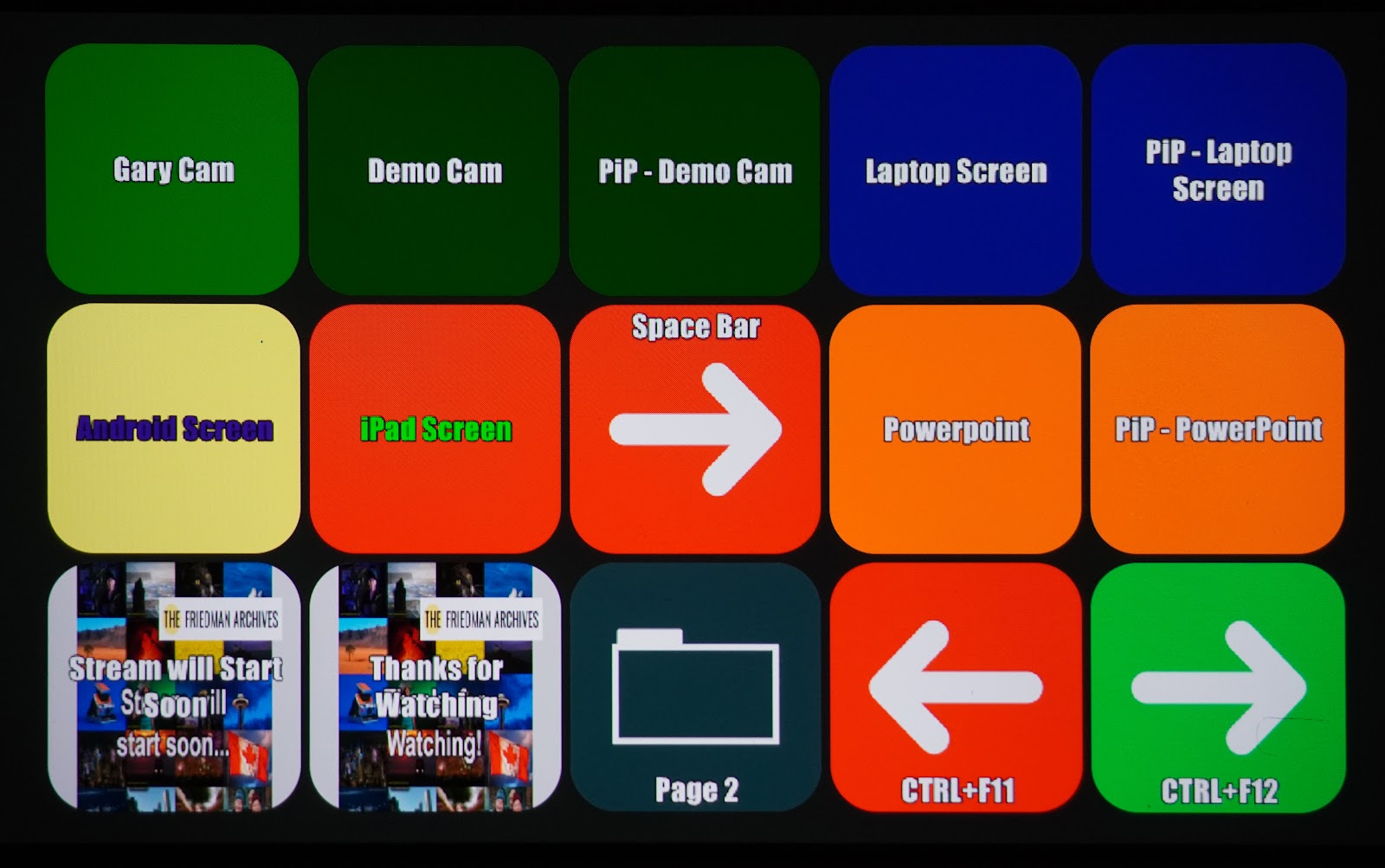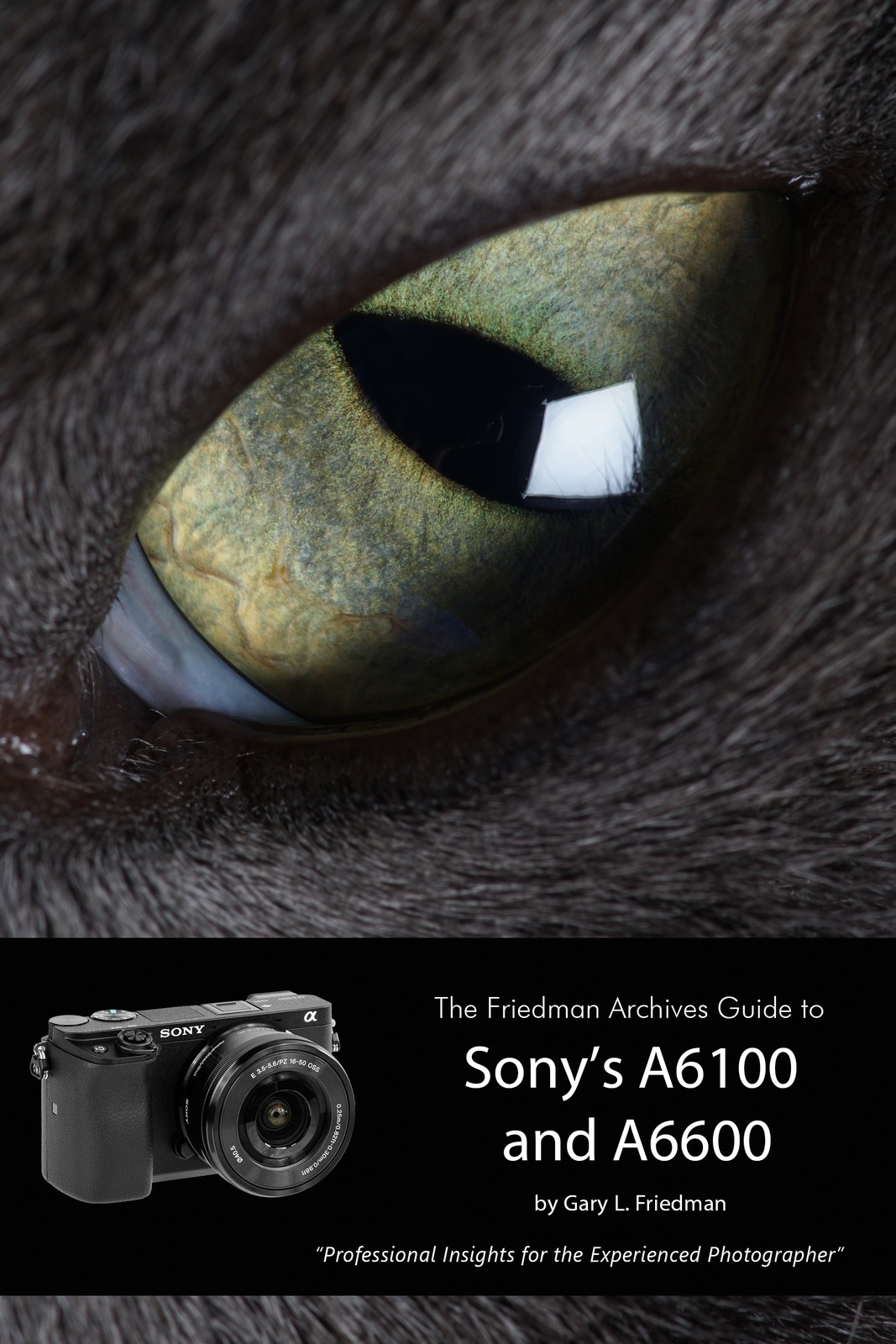Tuesday, November 24, 2020
The Camera with the lowest noise? Check out this shocking discovery...
Tuesday, October 13, 2020
What's worth keeping?
Saturday, September 12, 2020
The Three Tricks
 |
| Me, doing my best Orson Welles impersonation |
- Articles That Didn't Make it to Cameracraft Magazine
- Sony's new Webcam software - comparison
- Being a Virtual Speaker at your Photo Club
- Giving Back with the Virtual Reading Project
- In the Pipeline
I pitch a lot of ideas for articles for Cameracraft magazine; most get accepted but some do not for various reasons. The subjects still fascinate me, though. Here are a couple that didn't make it (and I wish I had permission to show you some of their examples. But you can click on the links below to see some remarkable works):
- Photographer Esther Honig did a fascinating experiment - she took a picture of a model and sent it to photo retouchers in 27 different countries and asked them to "enhance" the image according to their cultural preferences. Beauty is a subjective thing but it amazes me how entire cultures can buy into a certain ideal.
- Seth Casteel takes pictures of dogs underwater and cats in mid-air. I have no idea how he got the cat shots - they are super sharp (no autofocus works that fast), extraordinarily well-lit, and the cat is often looking directly at the camera. I was hoping to do an article about him to learn how he did it; alas my emails and instagram messages were never answered.
- Haruhiko Kawaguchi is a Japanese photographer who approaches people on the street and convinces them to come to his studio, get naked, get into a vacuum-sealed bag, and have their pictures taken. To me the images are the least interesting part; what's amazing is how he convinces total strangers to do this. (Warning: Probably Not Safe For Work.) (On the other hand, you're probably working from home right now. :-) )
 Cameracraft is a substantial read with superb images and repro. It’s not an obscure art fest either. Every two months it’s a shot of inspiration, with solid technical content, and it’s written by experts, not interns. Subscribe today and experience the last "proper" photo magazine standing!
Cameracraft is a substantial read with superb images and repro. It’s not an obscure art fest either. Every two months it’s a shot of inspiration, with solid technical content, and it’s written by experts, not interns. Subscribe today and experience the last "proper" photo magazine standing!Saturday, August 8, 2020
Topaz AI - As good as they claim?
- Monster Adapter Update
- A Virtual Zoom Lecture for your Photo Club
- In the Pipeline
Topaz AI - As Good as They Claim?
[Editor's note: This is an expanded version of an article which appeared in a recent edition of Cameracraft magazine.]
AI has been the buzzword in the technology industry for the last 30 years. But when Topaz used it as a branding for their latest collection of image enhancement tools, the phrase they should have used is “deep learning”; a technique in which a learning algorithm is trained with thousands of before & after images to allow the computer to slowly learn what a good cleanup looks like. Most people who have spent years learning how to do these things by hand in Lightroom and Photoshop may not think these new tools are anything special; for they can’t possibly improve upon a skilled retoucher. I thought I would spend a few days testing that theory.
Sunday, July 5, 2020
A New Hope for A-Mount Lenses...
- A new way to stabilize video
- A new Camera Problem-Solving Guide by Mark Galer and Gary Friedman
- Wireless Flash on a camera that doesn't support it
- ZV-1 Discoveries
- In the Pipeline
Let's start with something free. Australian Sony Digital Imaging Ambassador Mark Galer and I have teamed up to create this free Sony Camera Problem-solving Guide, a compilation of all the email queries we get from users trying to find out why their camera is not behaving as expected. You can download this free resource (did I mention it was free?) from Mark's website.
Sunday, June 14, 2020
Ten of the Smartest People I Know
- He testified before Congress about the dangers Near-Earth Asteroids pose to humanity.
- He was Executive Vice President and director of research for the Space Studies Institute in Princeton, NJ.
- He was Vice President of Publications of the Aerospace and Electronics Systems Society of IEEE.
- He was the chairman of the Planetary Defense Committee of AIAA
- He served as a consultant to the Air Force Scientific Advisory Board and the NATO Industrial Advisory Board.
- He was co-founder and 3rd president of the National Council of Systems Engineering.
- He taught graduate-level engineering courses at USC for over 20 years.
- He rubbed elbows with high-profile physicists like Freeman Dyson and Neil DeGras Tyson
- He wrote a Chapter in the seminal work “The High Frontier” by Gerry O’Neil
- He was an elected fellow of the IEEE, INCOSE and IAE engineering societies.
Thursday, May 28, 2020
The Photo that Got Me In Trouble...

Also In This Issue:
- The Increasing Value of Crappy Shots
- Video of Hearts for Hue
- Schedule time with me - I'll undercut Sony's price
- In the Pipeline
[Special note: I had lofty goals for this blog post. I was going to share my tests of Sony's new video stabilization phone app for the newer cameras. My plans got cut short by a life event. Read to the end for more info. -GF]
The Shot That Got Me in Trouble With My Physicist Friends
"You clearly Photoshopped that!", said one of my know-it-all physicist friends. Of course I hadn't; and I had a negative to prove it. Didn't matter. "Look at the roof! It's nice and sharp whereas you clearly only blurred the vegetation!"
Hmmm... And I have to tell you that had me scratching my head for awhile.
Sunday, May 3, 2020
Turning Your Camera into a High-Quality Webcam
I think nothing kills online credibility like bad light, bad framing and bad sound, all of which characterize about 99.99% of all Zoom participants. If you want to be taken seriously as an online educator in photography, you need to employ the techniques of the Hollywood cinematographers and the more successful Twitch streamers.
Let's start with that awful webcam that's built into your laptop. It just won't do. Let me share with you a test I did (this was also a high-level test involving live streaming to both Facebook and Youtube - more about that later.)
Monday, March 30, 2020
$1K "G" Lens vs. $100 "Kit" lens (Don't laugh...)

 Sony offers two lenses considered to be “general purpose” or “walkaround” lenses for their APS-C E-mount cameras like the A6000 series:
Sony offers two lenses considered to be “general purpose” or “walkaround” lenses for their APS-C E-mount cameras like the A6000 series:• A high-end 16-55 constant f/2.8 “G” lens that sells for over $1000 USD.
So one lens is 10x the cost of the other. Is the expensive one 10x better? Let’s do a quick test: I took two pictures of the really cute subject under ideal conditions; one with each lens. 100% crops from both appear below (click on image to view larger and sharper):
Tuesday, March 24, 2020
I invented a camera whose output could be authenticated. Nikon and Canon stole the idea. What happened next will shock you.
 |
| "Deepfakes" have been around for years, like this Coca-Cola commercial mixing living and dead celebrities. But how can you prove if a video hasn't been manipulated? |
(Note: This is an expanded version of the article I wrote for Cameracraft magazine. I'm sharing it now because the idea needs to be out there. Plus, I was on tap to give a TEDx talk about this subject in April 2020, but of course it was cancelled due to pandemic concerns. So I'm putting it out there. The world needs this invention!)
Once upon a time there was a saying: “The photograph doesn’t lie”. While mostly true, you could still lie in the old days by attaching false captions or using a forced perspective. Lying by manipulation came much later -- it was used heavily by the Soviets during the time of Stalin, and then by the advertising industry (which is synonymous with lying, really) with the invention of the Scitex imaging workstation in the 1970’s. But the ability to really lie via manipulation didn’t reach the masses until Photoshop came along.
Sunday, February 23, 2020
Thursday, January 30, 2020
How to increase the impact of your images using this one weird trick...
Also in this issue:
- More features nobody's talking about
- Upcoming books and seminars
- Boxing!
The Importance of Pre-Visualizing Your Image
In my seminars I give examples of how pre-visualizing your images before you even pick up your camera is the single best thing you can do that will result in high-impact photos. It helps you solidify in your mind the rules of composition you're employing, and increases your awareness of your lighting and your backgrounds. If your goal is to have people say "Wow!" to your images, this technique gets you there faster than, say, buying more gear.
Going further, to help me in this regard I'll sometimes sketch out my compositions first. To wit:
 |
| The sketch (left), and the final product (right). |
Sunday, January 5, 2020
Prints that Match Your Screen Every Time
Two years ago I profiled a photographer for Cameracraft magazine named Cheryl Walsh; she took these wonderful fantasy underwater portraits in her backyard swimming pool. (Click on any image to view larger.) She has won multiple awards for her work, but back when she was just beginning she had a huge, seemingly insurmountable problem: Her prints didn't look nearly as good as they looked on her screen. From the article:
-
So here I was, on my way back from Las Vegas, and I came across a run-down old building that has a certain "character". I pu...
-
Also in this issue: The Next Seminars Other Tidbits My New Favorite Travel Camera When it comes to travel photography, there was al...
-
Also in this issue: How I shot the video Copenhagen, Colorado, and California Seminars are happening! A65 / A77 book is out, and timel...












